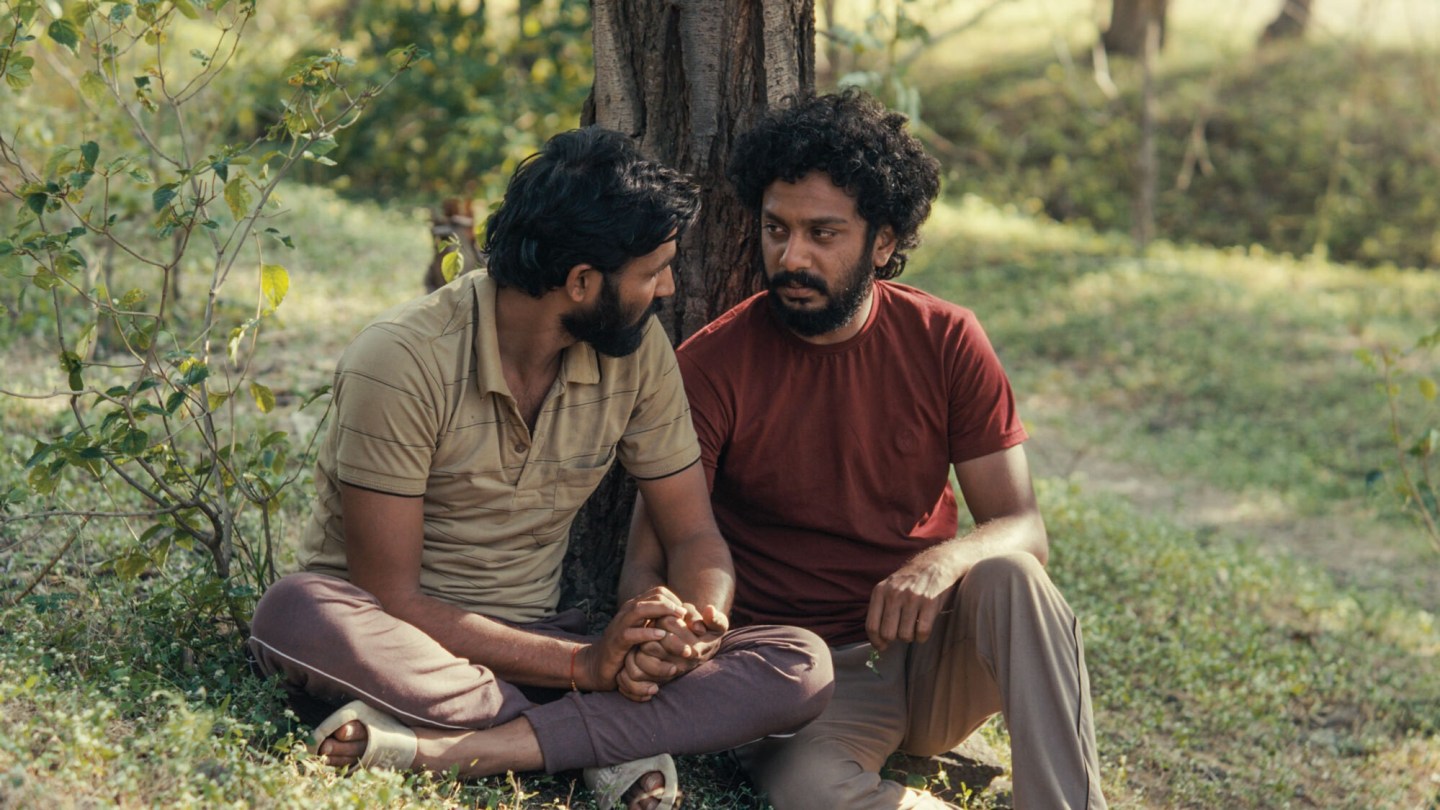Once upon a time, streaming was the promised land. In India, where independent filmmakers had long been ignored by the theaters, platforms like Netflix, Amazon Prime Video, JioHotstar (the amalgamated Jio Cinema and Disney+Hotstar), ZEE5 and SonyLIV became something of a lifeline. “It felt like we could finally tell our stories without fighting the same gatekeepers,” says Sumanth Bhat, director of the Kannada-language drama Mithya. “We thought we had found our place.”
Back then, streamers seemed hungry for films and filmmakers who weren’t afraid to take risks. Netflix picked up the sensitive coming-of-age drama Axone, the haunting Meel Patthar and Chaitanya Tamhane’s acclaimed The Disciple. But somewhere along the way, especially in the wake of the pandemic, that appetite vanished.
After years in IT and design, Bhat shut down two successful companies in early 2020, believing the time had finally come to make films. “I had harbored this dream for over 15 years, trusting the OTTs [over the top, or streaming] — and they were actually commissioning films back then.” Then the pandemic hit. “By the time we recovered from that, the entire ecosystem had changed.”
In 2023, Jayant Digambar Somalkar made Sthal, a modest Marathi-language film set in a small village and told with stunning restraint. It premiered at Toronto and won the NETPAC award for best film. Bhat’s Mithya played at the MAMI Mumbai Film Festival and traveled to several others. Harshad Nalawade’s Follower debuted at the International Film Festival Rotterdam. All indie films, all made in 2023. All three released in Indian theaters in 2025.
“I made Mithya for the OTT space. I never thought of a theatrical release,” Bhat says. “We can’t be delusional. A film like this has an audience but it may not be a theatrical audience. But that’s the mandate now: You have to do a theatrical run for OTTs to even consider your film. It’s just for consideration. There’s no assurance they’ll buy it. But you still have to spend on marketing and distribution — sometimes as much as your production budget.”
The filmmakers are now faced with a paradox: They’re forced to enter a system that has already rejected them, just to gain access to a platform that once existed to bypass that very system.
Filmmaker Rohan Kanawade’s Sabar Bonda, a tender, offbeat queer drama, made history earlier this year as the first Marathi film ever to premiere at Sundance. The film went on to win the World Cinema Grand Jury Prize: Dramatic at the event.
But Kanawade, even in triumph, is worried. “What it took to make that film was five years of our life. And the main producer had to mortgage his house,” he says. “I really wanted to enjoy the journey of making my first film, but I couldn’t. What if it doesn’t get a theatrical release? Or what if streamers don’t take it?”
And even if films clear the first hurdle — surviving at theaters and getting a streamer to pick it up — there’s still no promise of safety. “When it comes to Marathi-language or other regional films, there are very few buyers,” says Sthal director Somalkar. “Zee and Sony operate on revenue share. Amazon and Netflix rarely acquire them. Even JioHotstar follows the revenue-share model.”
In the revenue-share model, streamers host the film and pay the filmmaker a small amount — typically 5 cents to 9 cents per view or per hour watched — based on audience consumption.
If all of this wasn’t dispiriting enough for the indie filmmaker in India, there’s a new twist: A source in movie marketing tells THR India that some streaming platforms are asking filmmakers to pay them to host their films.
“This is absolutely ridiculous,” says Nalawade. “What is streaming charging for? Cloud storage?” He laughs, in disbelief. “It’s just a big hard drive.”
THR India reached out to streaming platforms Amazon Prime Video, Netflix, ZEE5, JioHotstar and SonyLIV to ask what steps — if any — are being taken to support or even acknowledge the indie film crisis in India. All platforms declined to comment.
